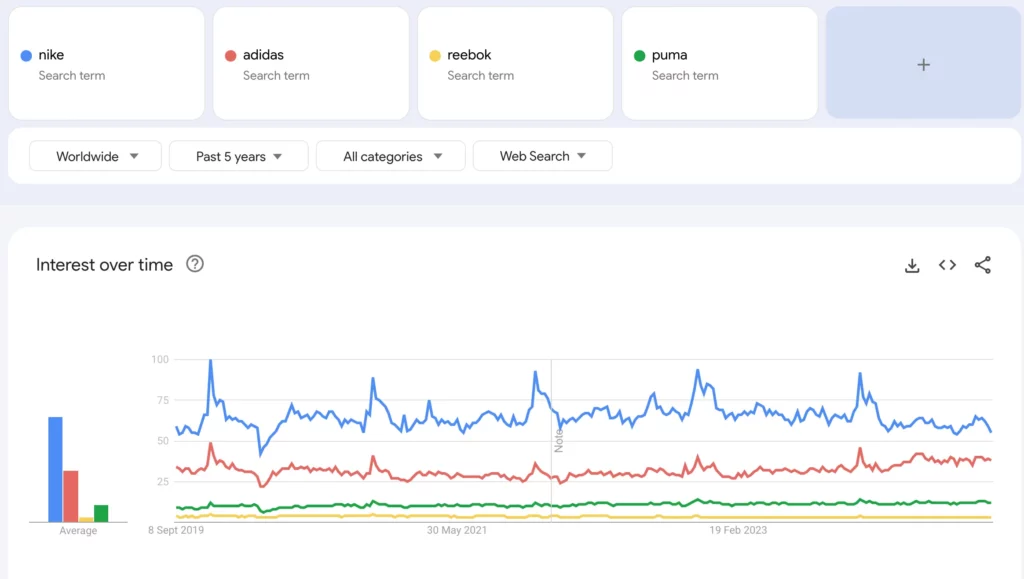Table of Contents
In today's digital market, a thriving online presence is essential for businesses of all sizes. However, navigating the complex world of ecommerce can be challenging. That's where an ecommerce audit comes in. Think of it as a comprehensive health check for your online store, identifying strengths, weaknesses, and opportunities for growth.
Most retail companies have launched one or more ecommerce initiatives, setting up on their own website and selling on different digital channels like social networks such as Instagram and marketplaces such as Amazon. At the beginning the online sales slowly grow and then they accelerate and reach a certain volume, a peak.
After a few years, typically two or three years, the ecommerce growth decelerates and then it stops. It reaches a plateau and sometimes it starts decreasing. This is the moment when managers and entrepreneurs start to think about getting an ecommerce audit or ecommerce assessment.
Why does ecommerce slow down?
There are several reasons why ecommerce starts to slow down after a few years of runway. The first reason is because the ecommerce platform gets old and overloaded. After a few years of uploading content, adding features, fixing bugs and making changes on the platform the performance of the platform degrade. It's like an old car, a new car performs better than an old one.
On the other end, because we live in a competitive market, there are probably other brands or retailers investing to acquire market share in our niche. Therefore part of the decrease in sales could be explained by competitors tackling our market position. You competitors maybe investing more in advertising or offering a larger selection of products or other.
The third reason could be that your volume of ecommerce sales has reached a point where your organization is not able to manage them efficiently. If your organization falls behind with logistics operations, customer service, payments and other activities, this could negatively impact the user experience and the customer satisfaction.
What is an ecommerce audit?
An ecommerce audit is a detailed examination of your online store's performance. It involves a deep dive into various aspects, including website design, user experience, marketing strategies, and technical SEO. By analyzing these elements, we can identify areas that need improvement and develop tailored recommendations for optimization.
Elements of the ecommerce audit
- P&L
- Marketing plan
- Advertising
- Competitors analysis
- Market and trend analysis
Goals of an Ecommerce Audit
The primary goals of an ecommerce audit are to:
- Identify strengths and weaknesses: Pinpoint areas where your online store is excelling and areas that require attention.
- Optimize for conversions: Increase your conversion rate by improving the user journey and eliminating barriers to purchase.
- Improve user experience: Create a seamless and enjoyable shopping experience that keeps customers coming back.
- Improve SEO: Boost your search engine rankings and attract more organic traffic to your website.
- Gain valuable insights: Gather data-driven insights to inform your future business decisions.
The Audit Process
An ecommerce audit typically involves the following steps:
- Data collection: Gathering information about your website's performance, traffic, and user behavior.
- Analysis: Evaluating the data to identify trends, patterns, and areas for improvement.
- Reporting: Providing a detailed report outlining the audit findings and recommendations.
Benefits of an Ecommerce Audit
Investing in an ecommerce audit can yield significant benefits, including:
- Increased revenue: Optimize your online store to drive more sales and increase your bottom line.
- Improved customer satisfaction: Create a positive shopping experience that fosters loyalty and repeat business.
- Enhanced brand reputation: Build a strong and trustworthy online brand.
- Data-driven decision-making: Make informed decisions based on solid data and insights.
What tools can be used for an ecommerce audit?
The tools needed for an ecommerce audit are partly available for free online, for example the majority of Google tools to measure website speed, SEO and Advertising performance are provided by Google for free. Some data is also publicly available and doesn't require access to the company data. For example the advertising libraries containing all the ads on Google and Half are publicly available for transparency reasons.
Some other free and publicly available tools include Google Trends, which is useful to analyze micro and macro market trends online, and compare the performance of different brands. See an example in the image below.
However for a complete assessment of performance it will be required to access some data uniquely available to the company for example: the SEO performance on Google available on the Google Search Console and Google Analytics or other Web Analytics tool.
Finally, if available it will be useful to analyze the ecommerce P&L and the marketing budget. These documents allow me, or the person working on the ecommerce assessment, to highlight any discrepancies between the planned and actual results and compare performance to the market benchmark.

Conclusion
An ecommerce audit is a valuable tool for businesses looking to improve their online performance. By identifying areas for optimization and implementing targeted strategies, you can enhance your website's effectiveness, attract more customers, and drive growth.
Ready to take your ecommerce business to the next level? Contact me today for a free consultation to discuss your specific needs and goals.
